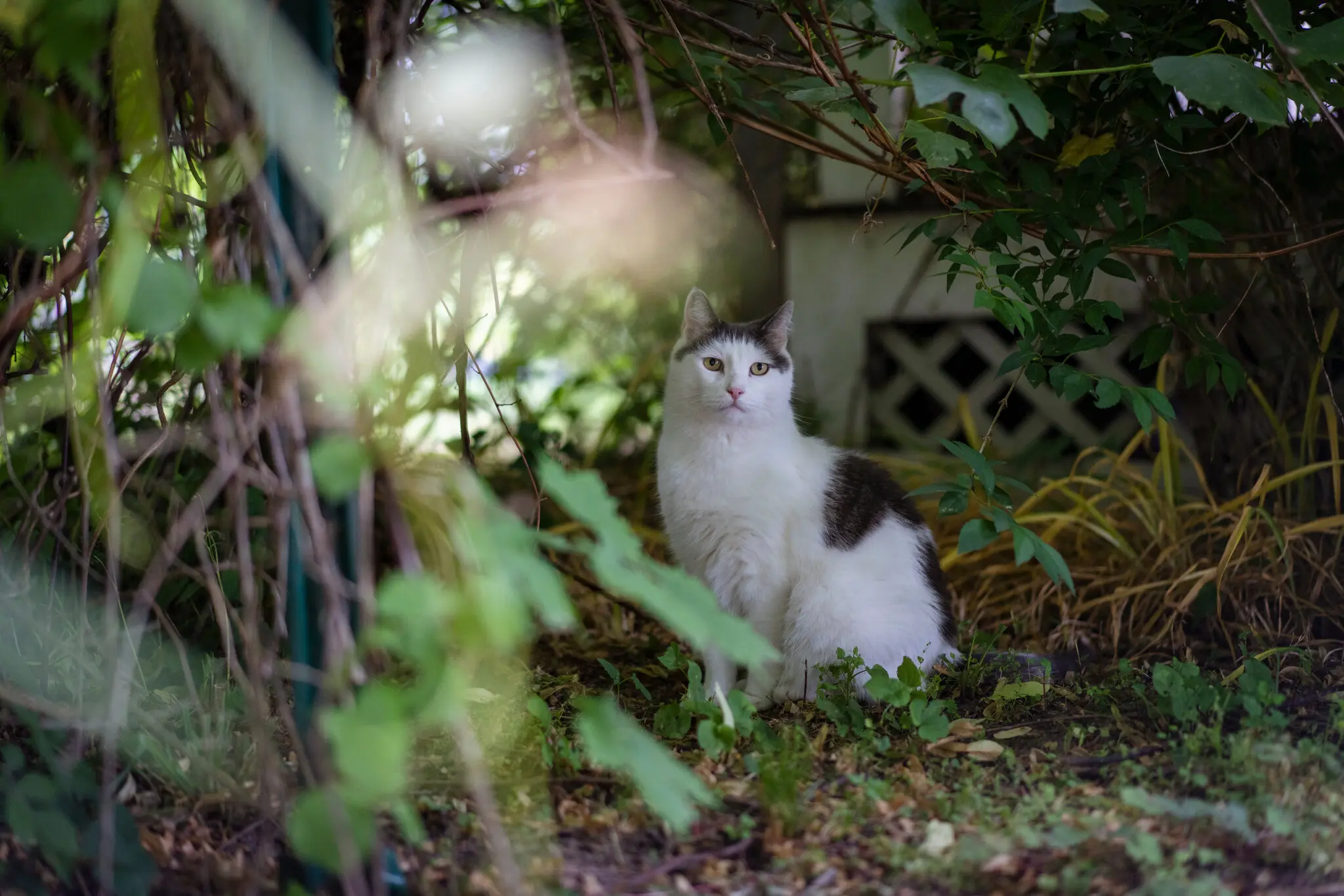
Roaming Behavior of Domestic Cats
Clark Callander, Joseph DeMarco, Dennis Farmer
Free-roaming domestic cats are a source of ecological and social concern, contributing to wildlife predation, public health risks, and neighborhood disputes. This study explores how demographic (e.g., age) and environmental (e.g., rainfall) factors shape the roaming behavior of domestic cats using GPS tracking data from 97 cats in Denmark, paired with owner-provided questionnaire and weather data. We applied Beta Regression to model the proportion of time cats spent away from home and used Linear Mixed-Effects Models to assess how rainfall influenced daily distances traveled. To validate these models, we conducted extensive Monte Carlo simulations. These simulations assessed key operating characteristics: Type I error, statistical power, bias, mean squared error (MSE), and out-of-sample predictive performance, by generating 1,000 synthetic datasets for each model scenario. The results confirmed minimal bias, reasonable control of Type I error, and strong in-sample accuracy, although power and out-of-sample MSE highlighted opportunities for model refinement. Bootstrapping further quantified uncertainty in parameter estimates. Together, these methods provide a robust and data-driven foundation for understanding cat movement and guiding policy to mitigate the ecological impacts of free-ranging pets.
"The Outdoor Cat: Neighborhood Mascot or Menace?", The New York Times